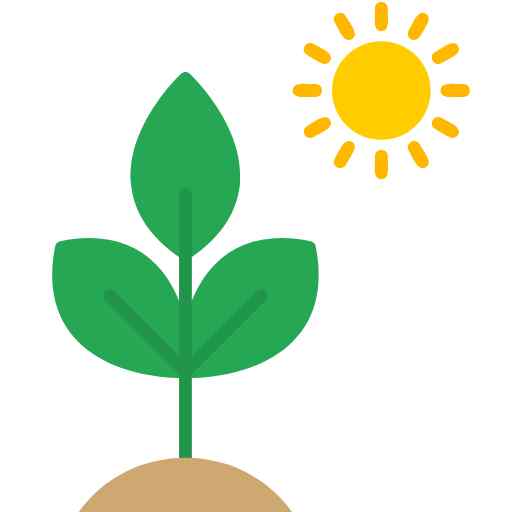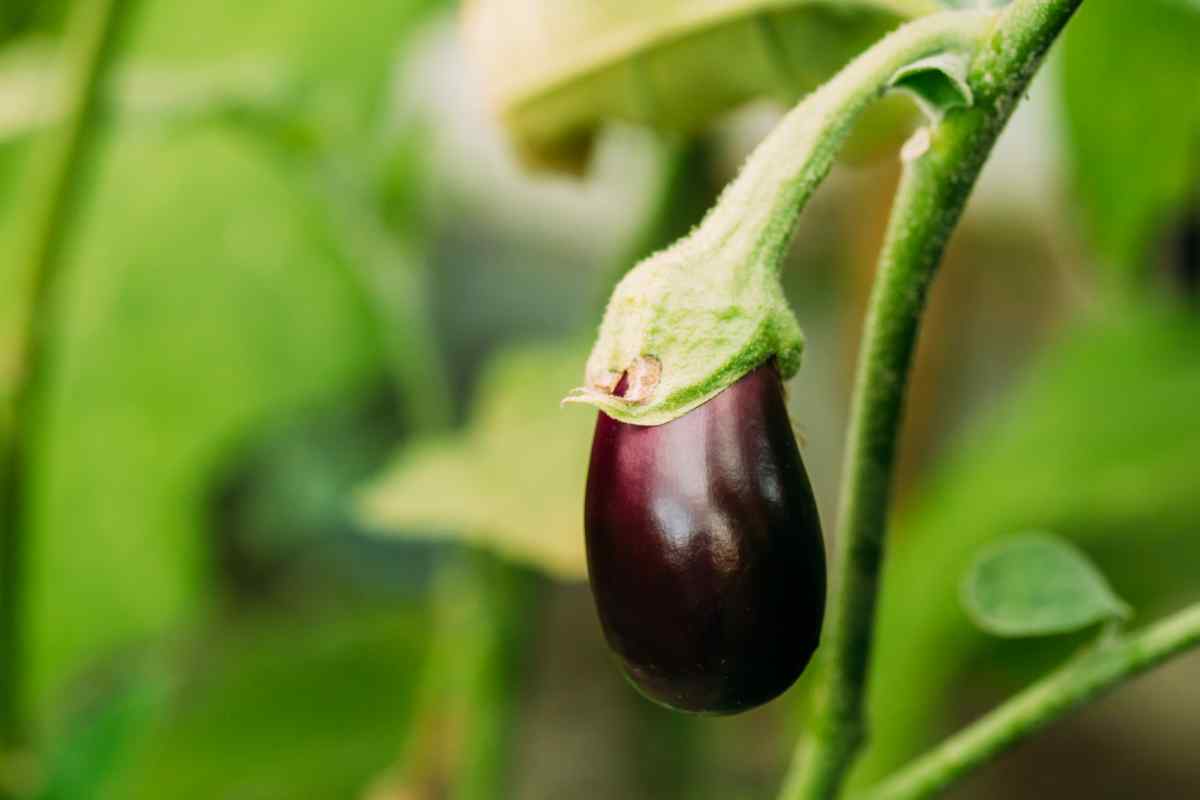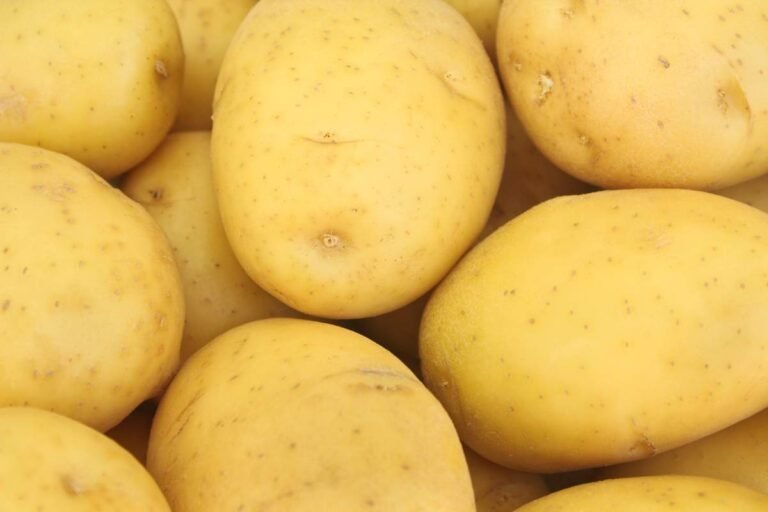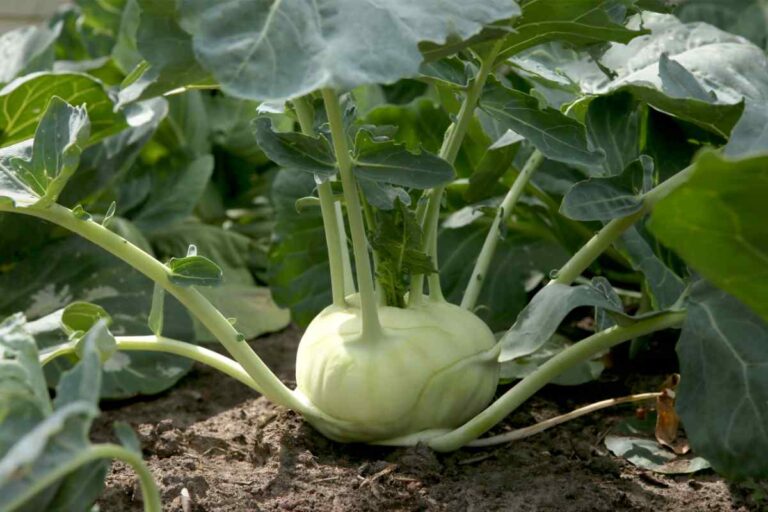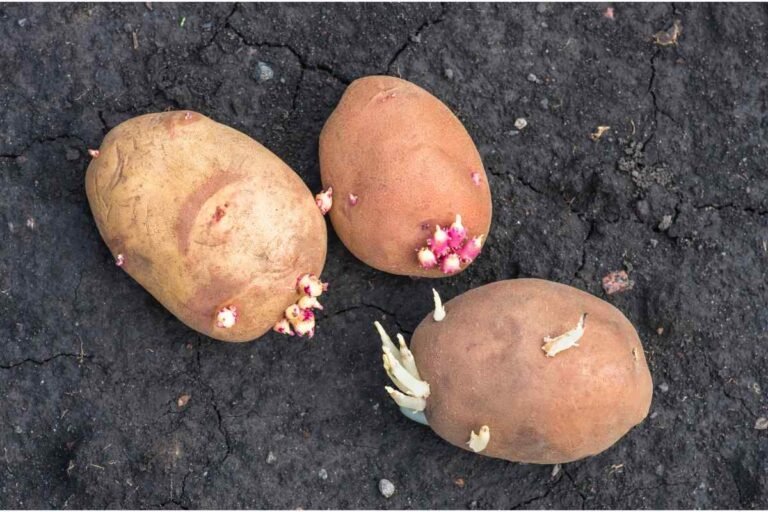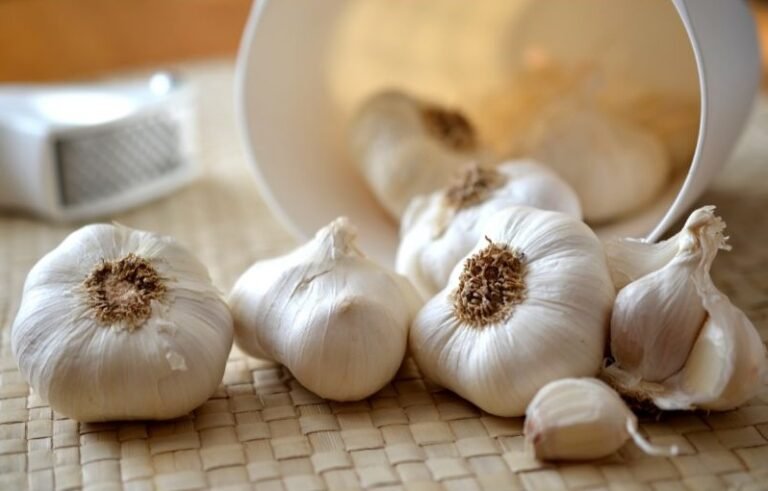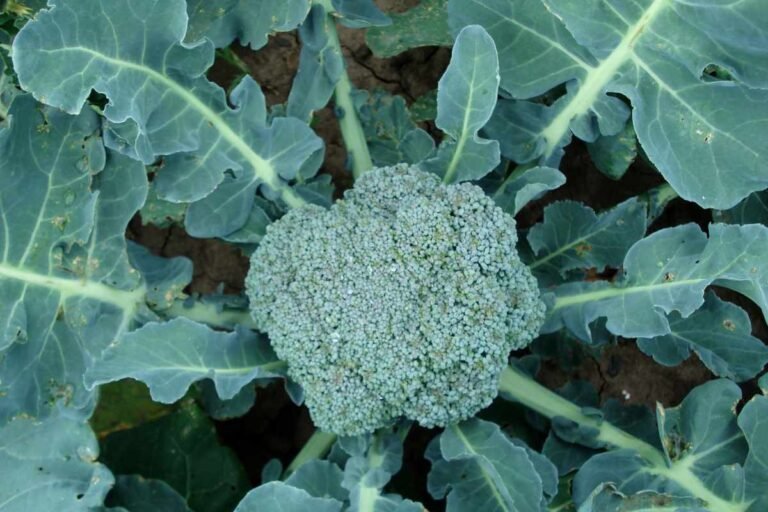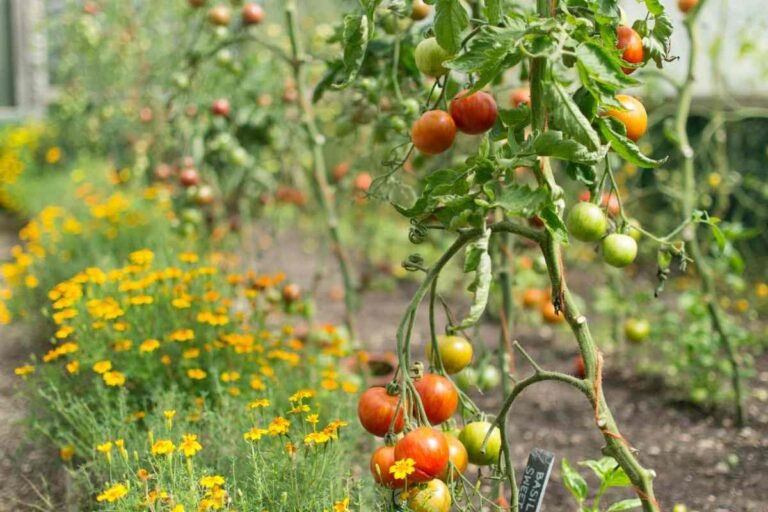How to Grow Eggplants in Containers – A Step by Step Guide
Growing eggplants in containers can be a rewarding and fulfilling endeavor for gardeners with limited space or those who prefer the flexibility of container gardening. With a variety of eggplant types available, including the popular Black Beauty and Little Prince, container gardening offers an excellent way to enjoy these delicious and versatile vegetables. This step-by-step guide will cover all aspects of growing eggplants in containers, from selecting the right container and variety to planting, care, and troubleshooting common problems.
Choosing the Right Container
The key to successful container gardening is choosing a container that provides adequate space for the eggplant’s root system. A pot or planter with a minimum depth of 12-14 inches and a diameter of 16-18 inches is ideal. Ensure the container has drainage holes to prevent waterlogged roots, which can lead to root rot and other issues.
Selecting the Best Eggplant Varieties
There are numerous eggplant varieties suitable for container gardening, including:
Little Prince Eggplant
A compact variety perfect for container gardening, with small, oval-shaped fruits.
Black Beauty Eggplant
A classic, dark purple variety known for its large, glossy fruits and rich flavor.
Japanese Eggplant
Long, slender fruits with a mild, sweet flavor, ideal for grilling and stir-frying.
Chinese Eggplant
Similar to Japanese eggplant but with a lighter purple color and slightly thicker skin.
White Eggplant
A less common variety with creamy white fruits and a delicate, slightly sweet flavor.
Choose a variety based on your taste preferences, space limitations, and climate conditions.
Starting Eggplant Seeds
Start your eggplant seeds indoors 6-8 weeks before the last expected frost date in your area. Fill small pots or seed trays with a seed-starting mix, then plant the seeds about ¼ inch deep. Keep the soil consistently moist and warm, ideally between 75-85°F. Seedlings should emerge within 10-14 days. Provide adequate light, either through a sunny windowsill or supplemental grow lights.
Planting and Spacing
Transplant seedlings into their final containers when they have at least two sets of true leaves and nighttime temperatures remain above 50°F. Prepare the container by filling it with a high-quality potting mix, leaving about 2 inches of space from the top. Place the seedling in the center of the container and bury it slightly deeper than its original depth, up to the first set of leaves. Space multiple containers at least 18-24 inches apart to provide enough airflow and prevent overcrowding.
Supporting Your Eggplants
Eggplants benefit from support structures, such as trellises or stakes, to keep the plants upright and prevent fruit from touching the ground. Growing eggplant trellises or using a simple stake system in containers can help keep your plants healthy and productive. For vertical growth, try growing eggplant on trellises, which can be attached to the container or set up separately. Alternatively, insert a stake into the container close to the base of the plant and gently tie the main stem to the stake using soft ties or strips of fabric.
Companion Planting
Companion planting can help improve the overall health and productivity of your eggplant plants. Some plants that grow well with eggplant include:
Beans
Fix nitrogen in the soil, which benefits eggplants and other fruiting vegetables.
Peas
Like beans, peas help fix nitrogen and can improve overall plant health.
Marigolds
Known to repel pests, such as nematodes and aphids, which can harm eggplant plants.
Basil
Helps repel various insects and may improve the flavor of nearby eggplants.
Troubleshooting Common Problems
Eggplant growing problems can arise, but with proper care and monitoring, they can be managed or prevented:
Pests
Aphids, flea beetles, and spider mites are common pests. Check plants regularly for signs of infestation and treat with insecticidal soap or neem oil as needed.
Diseases
Fungal diseases, such as Verticillium wilt and powdery mildew, can affect eggplants. Maintain good air circulation, avoid overhead watering, and remove affected leaves to prevent the spread of disease.
Blossom End Rot
Caused by calcium deficiency or inconsistent watering, this condition results in dark, sunken spots on the fruit’s blossom end. Maintain consistent watering and apply a calcium-rich fertilizer.
Harvesting and Storing
Eggplants are typically ready for harvest 65-85 days after transplanting, depending on the variety. Harvest when the fruits are glossy and firm, with a uniform color. Use a sharp knife or pruner to cut the fruit from the plant, leaving a small portion of the stem attached. Store harvested eggplants in a cool, dark place for up to a week.
Final Thoughts
Growing eggplants in containers is an enjoyable experience, offering gardeners the opportunity to enjoy fresh, homegrown eggplants even in limited spaces. By selecting the right container and variety, providing proper care, and addressing potential problems, you can enjoy a bountiful harvest of delicious eggplants throughout the growing season.
Frequently Asked Questions
Can I grow different varieties of eggplants in the same container?
It’s best to grow each eggplant variety in its own container to prevent overcrowding and ensure adequate space and nutrients for each plant. However, you can grow multiple containers with different varieties in close proximity, provided there is sufficient airflow between them.
How long does it take for eggplants to grow from seed to harvest?
On average, eggplants take 65-85 days to mature after transplanting seedlings into their final containers. The time to harvest can vary depending on the variety and growing conditions.
Do eggplants grow back every year, or do I need to replant them?
Eggplants are typically grown as annuals, meaning they complete their life cycle in one growing season and do not grow back every year. You will need to start new seeds or purchase new seedlings each year for a continuous harvest.
Can I grow eggplants vertically in containers?
Yes, you can grow eggplants vertically in containers by using a trellis or stake system. This method not only saves space but also helps keep the plants healthy and productive by improving airflow and preventing fruits from touching the ground.
How much room do eggplants need to grow in containers?
Eggplants require a container with a minimum depth of 12-14 inches and a diameter of 16-18 inches to accommodate their root systems. Space multiple containers at least 18-24 inches apart to ensure adequate airflow and prevent overcrowding.
Do eggplants grow on vines or trees?
Eggplants grow on bushy, upright plants rather than vines or trees. They typically reach a height of 2-4 feet, depending on the variety and growing conditions.
What are some common eggplant growing problems and how can I address them?
Common eggplant growing problems include pests (aphids, flea beetles, spider mites), diseases (Verticillium wilt, powdery mildew), and nutrient deficiencies (blossom end rot). Regularly monitor your plants for signs of trouble and take appropriate action, such as applying insecticidal soap for pests or maintaining consistent watering to prevent blossom end rot.
When is the best time to plant eggplant seedlings in containers?
Transplant eggplant seedlings into their final containers when they have at least two sets of true leaves and nighttime temperatures remain consistently above 50°F. This ensures the plants have a strong start and are not subjected to cold temperatures that can stunt growth or cause damage.
How can I maximize my eggplant yield in a container garden?
To maximize your eggplant yield, choose a container with adequate space for root growth, select a suitable variety, provide proper support with stakes or trellises, maintain consistent watering and fertilization, and use companion planting to improve overall plant health and productivity.
Which eggplant varieties are best for container gardening?
Several eggplant varieties are well-suited for container gardening, including Little Prince, Black Beauty, Japanese eggplant, Chinese eggplant, and White eggplant. Choose a variety based on your taste preferences, space limitations, and climate conditions.
What are the different stages of eggplant growing?
The eggplant growing stages include germination, seedling growth, transplanting, flowering, fruit development, and harvesting. Monitoring and providing proper care throughout these stages will ensure a healthy and productive harvest.
Can I grow eggplants in raised beds instead of containers?
Yes, growing eggplant in raised beds is another great option for gardeners with limited space or poor soil quality. Raised beds provide good drainage, make it easier to maintain soil fertility, and can be designed to accommodate the specific needs of eggplants.
What are some good companion plants to grow with eggplant in my garden?
Some plants that grow well with eggplants include beans, peas, marigolds, and basil. These companion plants offer benefits such as nitrogen fixation, pest control, and improved overall plant health.
How tall does an eggplant plant grow?
Eggplant plants typically grow to a height of 2-4 feet, depending on the variety and growing conditions. Some dwarf varieties, like Little Prince eggplant, may only reach 1-2 feet in height.
What is the growing season for eggplants?
The eggplant growing season generally occurs during the warmer months, typically from late spring to early fall, depending on your location. Eggplants thrive in temperatures between 70-90°F and require a long, warm growing season to produce a bountiful harvest.
When do eggplants typically start to grow in my garden?
Eggplants begin to grow once they have been transplanted into their final growing location and are exposed to consistent warm temperatures (above 50°F at night). The growth rate will depend on factors such as variety, growing conditions, and proper care.
How big do eggplants grow, and how can I ensure they reach their full size?
The size of eggplants depends on the variety, with some growing as small as 2-3 inches in diameter and others reaching up to 9-10 inches long. To ensure your eggplants reach their full size, provide adequate space, consistent watering, proper nutrients, and support with stakes or trellises.
How do I grow eggplants from seed?
To grow eggplants from seed, start by sowing seeds indoors 6-8 weeks before the last expected frost in your area. Plant seeds about ¼ inch deep in seed trays or pots filled with seed-starting mix. Keep the soil moist and maintain a consistent temperature of 75-85°F. Once seedlings have two sets of true leaves and nighttime temperatures remain above 50°F, transplant them into their final containers or raised beds.
Can I grow Chinese and Japanese eggplants in containers?
Yes, Chinese and Japanese eggplants can be grown in containers, just like other eggplant varieties. Make sure to choose a container with sufficient depth and width to accommodate their root systems and provide the necessary support, such as stakes or trellises.
How do I grow white eggplants in containers?
Growing white eggplants in containers follows the same process as other eggplant varieties. Choose a suitable container, provide proper soil and nutrients, maintain consistent watering, and offer support with stakes or trellises. The main difference is that white eggplants have a lighter skin color and a slightly different flavor profile compared to other varieties.
